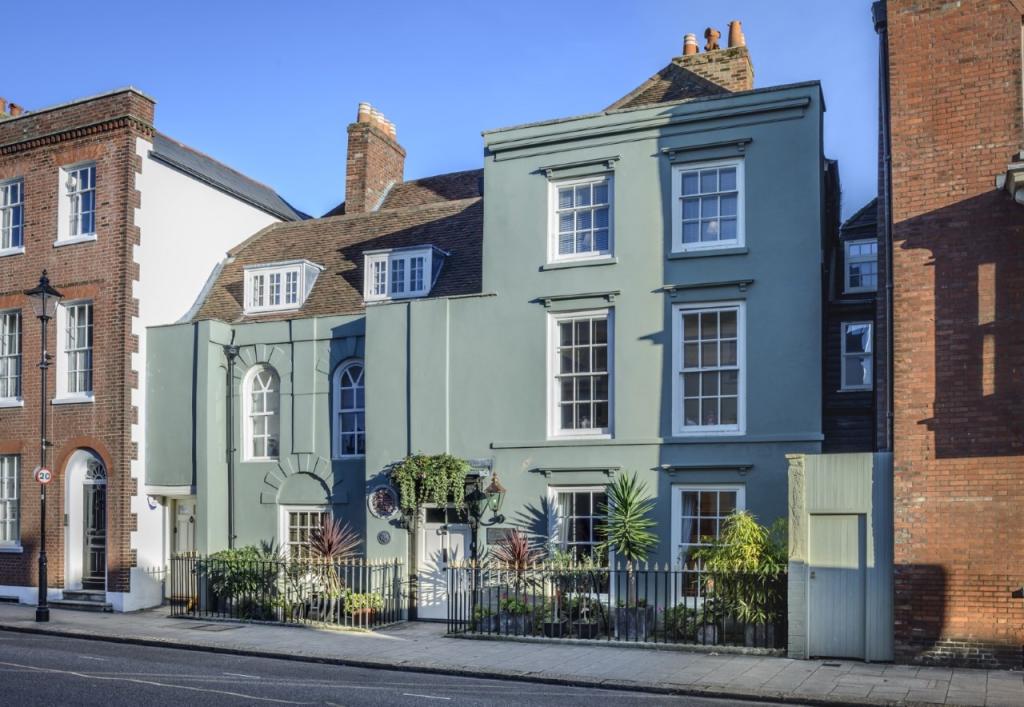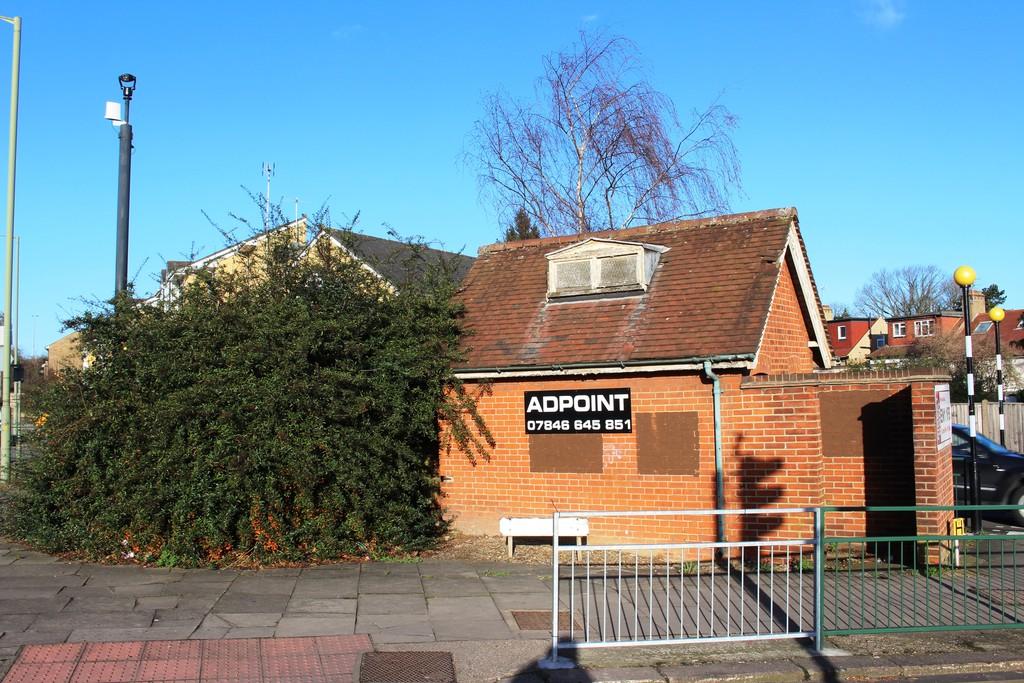Former coaching inn where the Duke of Buckingham was assassinated by a naval officer with a silver-gilt dagger goes on the market for £1.5million after huge transformation
It was Ye Spotted Dogge pub in August 1628 when the nobleman was killed by Lieutenant John Felton
The Grade II listed building, pictured, was once a pub that has been refurbished by current owner Ian Young, who used to attend the school next door and became fascinated with the property in his youth
Felton was disgruntled after being passed over for promotion and was also owed £80 in back pay
The property has been renovated and turned into a house with seller Ian Young calling it a 'labour of love'
The house where the Duke of Buckingham was assassinated by a disgruntled naval officer has gone on the market for £1.5m and it even comes with the weapon used to kill him.
The historic property in Portsmouth, Hampshire, was an inn in 1628 when George Villiers, a good friend of King Charles I, visited and was knifed in the heart by Lieutenant John Felton.
The officer believed he was doing Britain a service by killing the Duke who, as Lord High Admiral of the Fleet, was hugely unpopular following some disastrous naval campaigns.
Felton was hung from the gallows in London and his body brought back to Portsmouth, where it was left to rot hanging in chains.
Read more: http://www.dailymail.co.uk/news/arti...#ixzz56sc9NtUX
It was Ye Spotted Dogge pub in August 1628 when the nobleman was killed by Lieutenant John Felton
The Grade II listed building, pictured, was once a pub that has been refurbished by current owner Ian Young, who used to attend the school next door and became fascinated with the property in his youth
Felton was disgruntled after being passed over for promotion and was also owed £80 in back pay
The property has been renovated and turned into a house with seller Ian Young calling it a 'labour of love'
The house where the Duke of Buckingham was assassinated by a disgruntled naval officer has gone on the market for £1.5m and it even comes with the weapon used to kill him.
The historic property in Portsmouth, Hampshire, was an inn in 1628 when George Villiers, a good friend of King Charles I, visited and was knifed in the heart by Lieutenant John Felton.
The officer believed he was doing Britain a service by killing the Duke who, as Lord High Admiral of the Fleet, was hugely unpopular following some disastrous naval campaigns.
Felton was hung from the gallows in London and his body brought back to Portsmouth, where it was left to rot hanging in chains.
Read more: http://www.dailymail.co.uk/news/arti...#ixzz56sc9NtUX







Comment